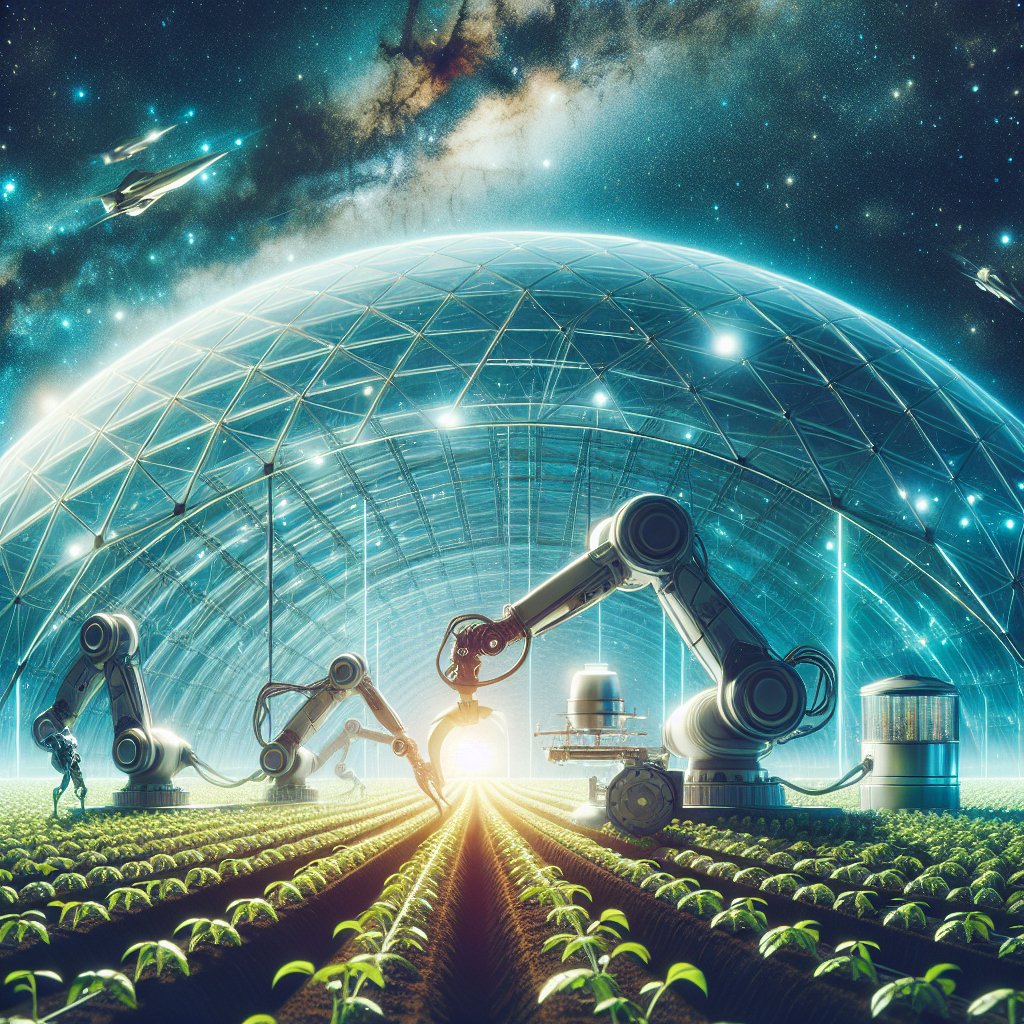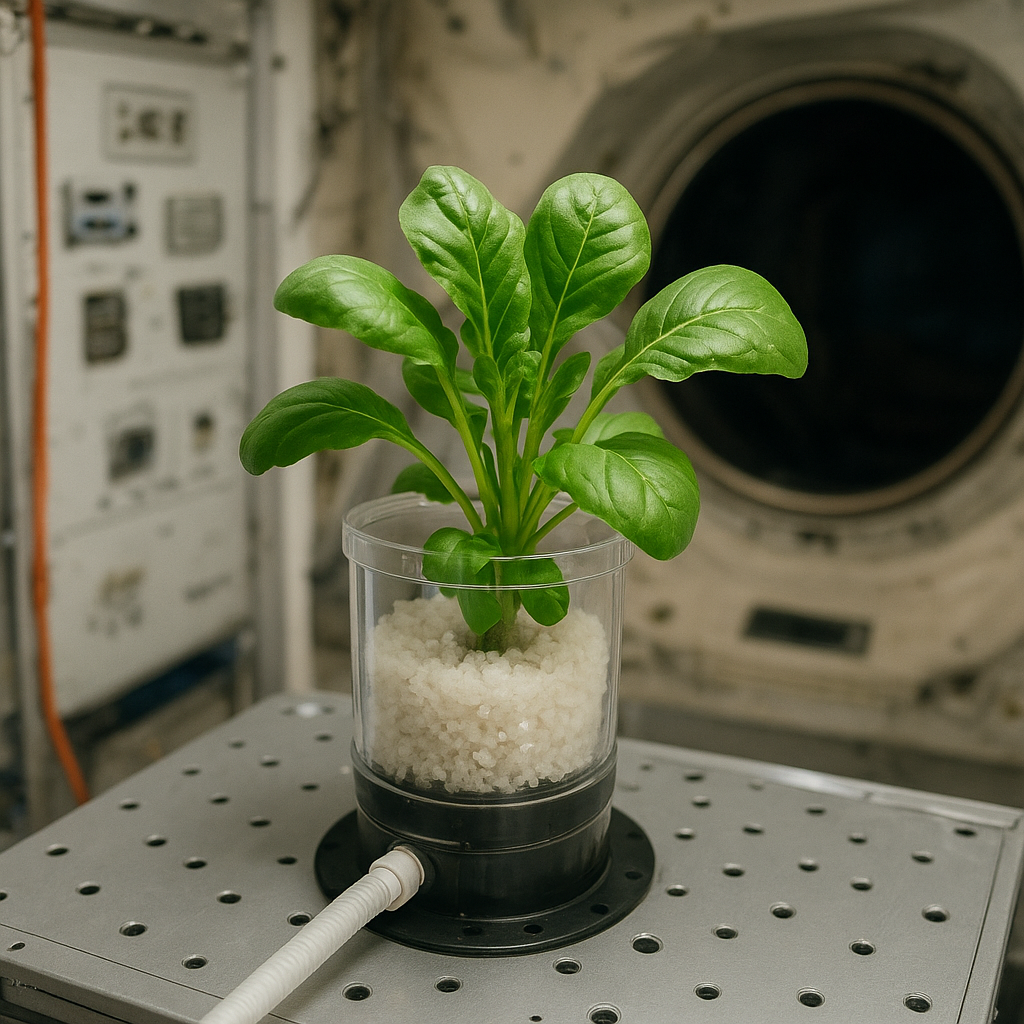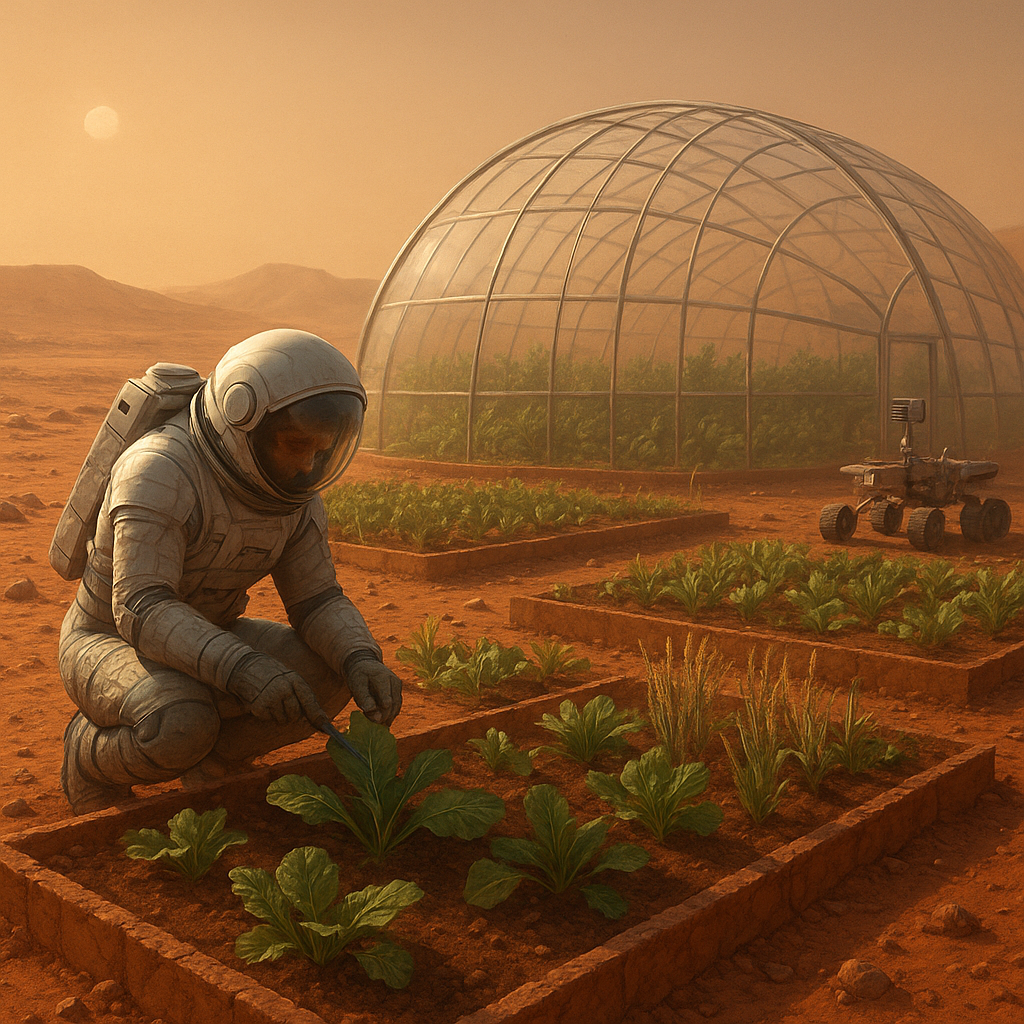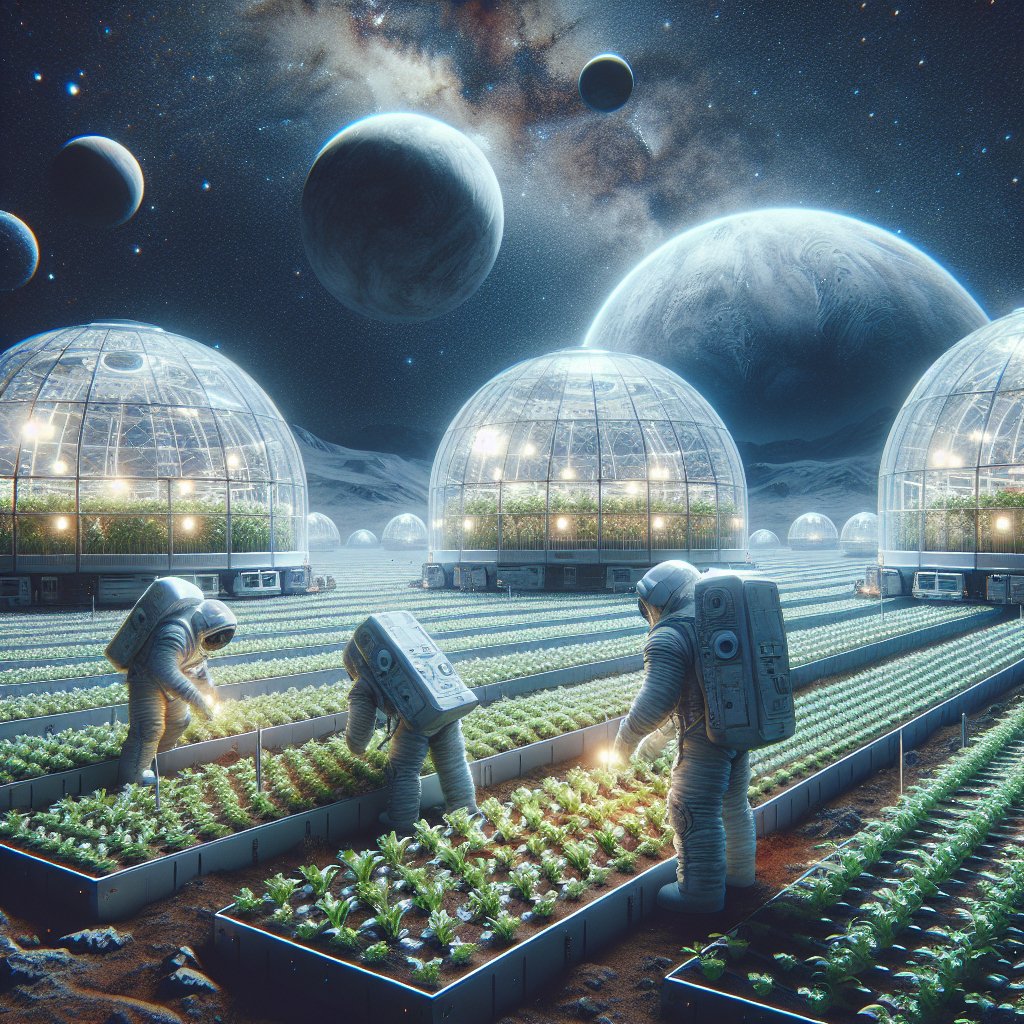The intersection of agriculture and space exploration is a fascinating frontier that promises to revolutionize how we think about food production beyond Earth. As humanity sets its sights on colonizing other planets, the need for sustainable agricultural practices in extraterrestrial environments becomes increasingly critical. Robotic farming, with its advanced technologies and automation, is poised to play a pivotal role in transforming agriculture in space, ensuring that future astronauts and settlers can thrive in their new homes. This article delves into the potential of robotic farming in space, exploring its benefits, challenges, and the innovative technologies that will make it possible.
The Need for Agriculture in Space
As we venture further into the cosmos, the necessity for self-sustaining food production systems becomes paramount. Long-duration space missions, such as those planned for Mars, will require astronauts to rely on locally produced food rather than resupplying from Earth. This shift not only reduces the logistical burden of transporting food across vast distances but also enhances the psychological well-being of crew members by providing them with fresh produce.
Moreover, the concept of space colonization hinges on the ability to create habitable environments on other planets. Agriculture will be a cornerstone of these ecosystems, providing essential nutrients and oxygen while recycling waste products. The challenges of growing food in space are significant, including limited resources, harsh environmental conditions, and the need for efficient use of space. Robotic farming offers a solution to these challenges, enabling the cultivation of crops in controlled environments with minimal human intervention.
Robotic Farming Technologies
Robotic farming encompasses a range of technologies designed to automate agricultural processes. In the context of space, these technologies must be adapted to function in microgravity and other extreme conditions. Some of the key technologies that will drive robotic farming in space include:
- Automated Hydroponics: Hydroponic systems allow plants to grow without soil, using nutrient-rich water instead. In space, automated hydroponic systems can be designed to monitor and adjust nutrient levels, pH, and water usage, ensuring optimal growth conditions.
- Robotic Harvesters: These machines can be programmed to identify ripe crops and harvest them efficiently. In a space environment, robotic harvesters can operate autonomously, reducing the need for human labor and minimizing the risk of contamination.
- Vertical Farming Units: Space is limited, making vertical farming an ideal solution. Robotic systems can manage vertical farms, optimizing light exposure and nutrient delivery while maximizing space utilization.
- AI and Machine Learning: Artificial intelligence can analyze data from sensors to predict plant growth patterns, detect diseases, and optimize resource use. Machine learning algorithms can improve farming techniques over time, adapting to the unique challenges of space agriculture.
Benefits of Robotic Farming in Space
The implementation of robotic farming in space offers numerous benefits that extend beyond mere food production. These advantages include:
- Resource Efficiency: Robotic systems can optimize water and nutrient usage, crucial in environments where resources are scarce. This efficiency is vital for sustaining life in space.
- Reduced Labor Costs: Automation minimizes the need for human labor, allowing astronauts to focus on other critical tasks, such as scientific research and exploration.
- Enhanced Crop Yields: With precise control over growing conditions, robotic farming can lead to higher crop yields, ensuring a steady food supply for space missions.
- Improved Food Security: By producing food locally, space missions can reduce their dependence on Earth, enhancing food security for long-duration missions.
Challenges of Implementing Robotic Farming in Space
Despite the promising potential of robotic farming, several challenges must be addressed to make it a reality in space:
- Technical Limitations: Developing robust robotic systems that can operate in the harsh conditions of space, including radiation and microgravity, presents significant engineering challenges.
- Cost: The initial investment in robotic farming technology can be substantial. Funding and resources must be allocated to research and development to make these systems viable.
- Psychological Factors: The psychological impact of isolation and confinement in space can affect astronauts’ well-being. Integrating farming activities into their daily routines may help alleviate some of these concerns, but it requires careful planning.
- Regulatory and Ethical Considerations: As we explore the potential for agriculture in space, ethical questions arise regarding the use of genetic modification and the impact of human activity on extraterrestrial environments.
Future Prospects of Robotic Farming in Space
The future of robotic farming in space is bright, with ongoing research and development paving the way for innovative solutions. NASA, along with private companies and international space agencies, is actively exploring the feasibility of growing food in space. Experiments aboard the International Space Station (ISS) have already demonstrated the potential for growing crops in microgravity, providing valuable data for future missions.
As technology advances, we can expect to see more sophisticated robotic systems capable of managing entire agricultural ecosystems in space. These systems will not only support human life but also contribute to the development of sustainable practices that could be applied on Earth. The lessons learned from space agriculture may lead to innovations that address food security challenges on our home planet, particularly in regions facing resource scarcity.
Conclusion
The integration of robotic farming into space exploration represents a significant leap forward in our ability to sustain human life beyond Earth. By harnessing advanced technologies and automation, we can create self-sufficient agricultural systems that thrive in the harshest environments. As we continue to push the boundaries of exploration, the lessons learned from robotic farming in space will undoubtedly shape the future of agriculture on Earth, fostering a new era of innovation and sustainability.




